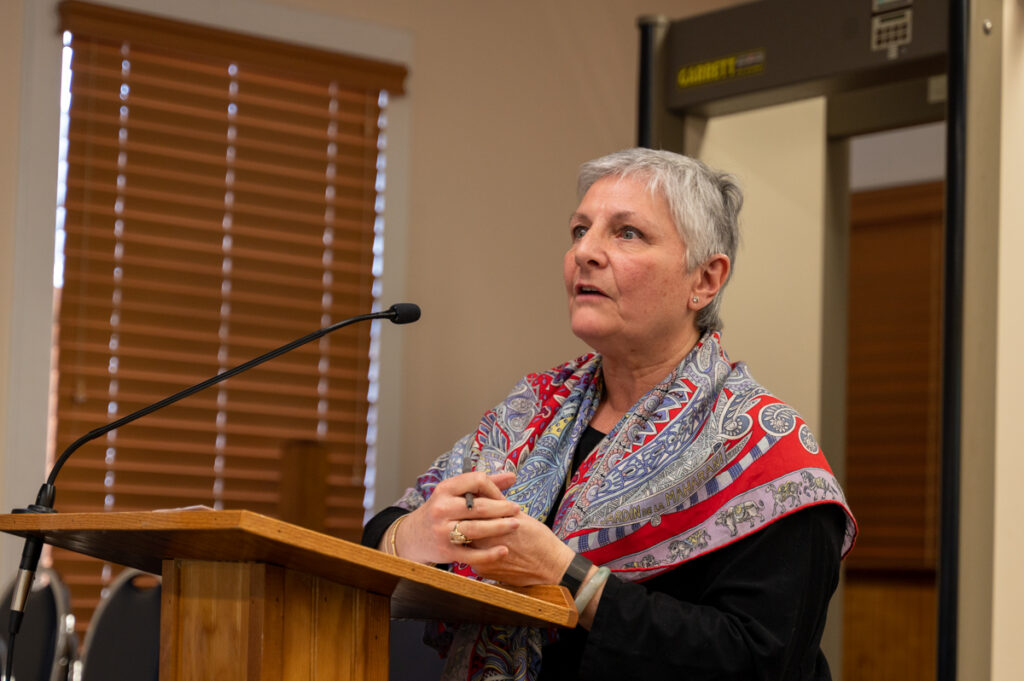Southold closes affordable housing loopholes

Amid an ongoing housing crisis, the Southold Town Board last week voted to eliminate a trio of loopholes that allowed developers to skirt a requirement to build affordable units within multi-dwelling projects.
Since 2004, Southold has required developers seeking to subdivide existing parcels to earmark at least 20% of the proposed units for sale at affordable rates. But there were several carveouts for meeting that requirement within the town code, including building the affordable units on a separate development site, purchasing and donating another property on which the town could build the units, or paying a “buyout” fee to the town equivalent to the price of purchasing such units. That fee was based on federal income metrics specific to Nassau and Suffolk counties which, in 2023, stood at $390,750 per unit.
Last Tuesday evening, the board voted unanimously to strike those options from the code, noting in the meeting agenda that the measures “have proven to not be practical” for creating affordable housing. The decision comes at a time when Southold — and the entire East End — is grappling with all-time-high real estate prices. The town’s housing registry currently lists more than 600 entrants in need of an affordable place to live.
“It’s been 20 years of these requirements being on the books, and we’ve had two buyouts representing 14 units of affordable housing,” Heather Lanza, director of the Southold Town planning department, said at Tuesday’s public meeting. “To date, no affordable homes have been created from that fund. The option to build [affordable units] elsewhere … has never been attempted or proposed. The option to provide land elsewhere was attempted once, unsuccessfully, and during that process it became obvious to the planning board it was not a practical option for several reasons.”
Without the buyout option, Ms. Lanza noted, at least 14 units would have been built on parcels where new construction was already underway. “This amendment will remove all of those options and [developers] will be required to build in standard subdivisions that 20%. The results, we hope, will be actual units on the ground.”
Patricia Moore, a Southold based attorney with decades of experience in real estate transactions, urged the board to continue to offer the buyout option to bolster the town’s Housing Fund. “What you have is an opportunity to take [the buyout money] and find modest homes that can be improved and sold back to people that qualify,” Ms. Moore told the board. “You have the ability to find lots throughout the town that can be developed. You have to look at it creatively. This board is creative, you have very talented people in the planning office and throughout the town.”
Fees collected through the buyout program go into the town’s Housing Fund, while money generated from the half-percent real estate transfer tax that took effect in April 2023 is allocated to the Community Housing Fund. Southold currently has a total of roughly $2.5 million combined in the two funds that is earmarked for affordable housing expenditures, according to councilmember Jill Doherty.
The Community Housing Plan, which the board ratified last October, outlines potential uses for those funds, including low-interest loans for first-time homebuyers or current homeowners looking to construct accessory dwelling units, interest-free “hero” housing loans for veterans, active service members, health care workers and first responders, as well as low interest loans to developers looking to build affordable housing projects.

Following public comments, the board approved the measure 5-0, with councilmember Louisa Evans not present.
“I think there’s really no one better suited to build affordable [or] workforce housing than developers that are currently developing housing,” councilmember Greg Doroski said before the board voted. “The issue of locating all of the affordable housing in an affordable housing area just doesn’t work. I think the history of low-income housing in the large urban areas bears this out.”









